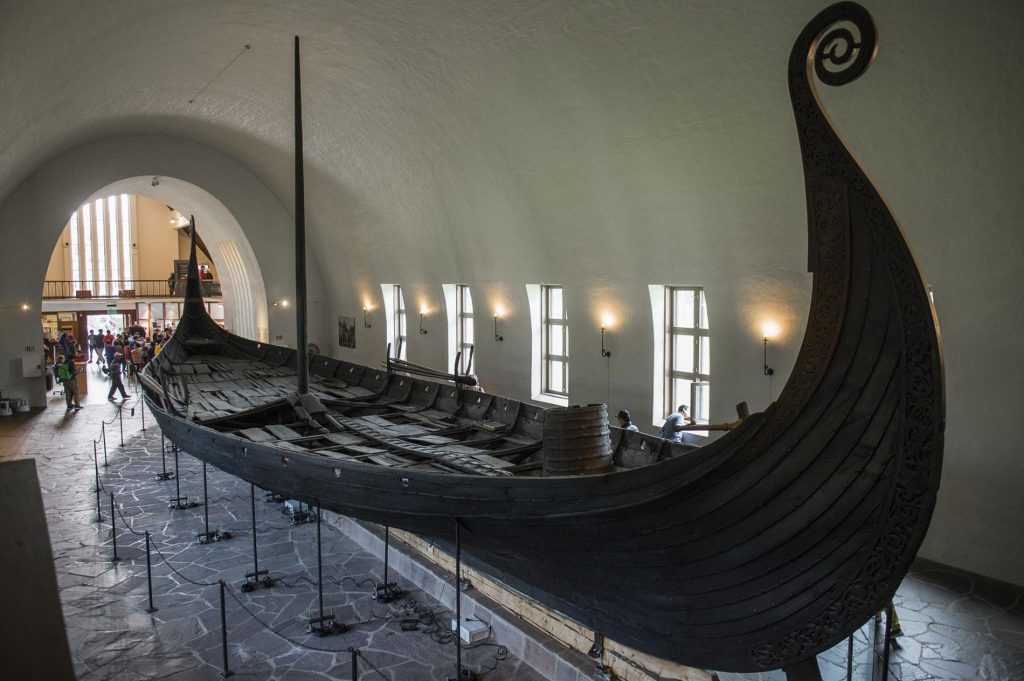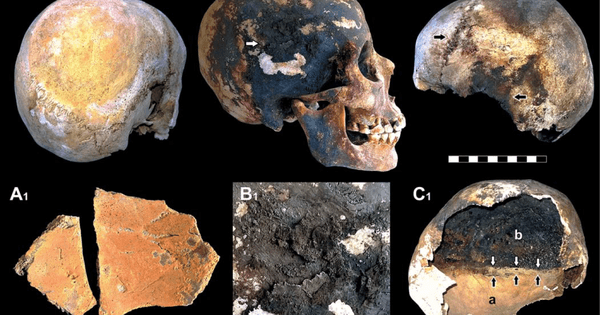
Below is a list of the dozen most popular news stories related to archaeology that were posted on the Archaeology Review Facebook page in 2018. I’ll give the lead for each story with a link to the Facebook page. The link there will take you to the original story. The rating was based on overall likes and reach of each story. I omitted content that generated on this blog for the “Best” section and focused only on the news topics.
I think this gives
an interesting overview of what appeals to people when it comes to
archaeology. Or at least what peaks their interest.
In case anyone is
wondering how I chose news topics to post on the Facebook page, I
have a list of sources aggregated that I peruse. Occasionally I post
an item that I come across on someone else’s Facebook feed, but
only if it’s good or somehow significant. If it’s already a
trending topic that everyone else is sharing, I usually avoid it. If
I find a link at a secondary site or news source, I try to trace the
story to as close to the original source as possible and link that.
This often means a journal website or very often a university news
source.
I often chose not to
post a news item if Facebook cannot fetch a decent image. So if you
see a news item without an image, it must be interesting!
1. Scientists have discovered the bones of a Neanderthal child who had been eaten by a giant bird. The finger bones appear to have come from a child aged between five and seven. Whether the bird attacked the child, or if it scavenged the bones, is not yet clear.

2. This wild potato, which dates back thousands of years, was rediscovered last year in the Bear Ears region. Researchers collected the tubers and have been propagating them. Soon American Indian tribes may be growing them to eat and sell for profit.
3. A lost language encoded in intricate cords is finally revealing its secrets – and it could upend what we know about Incan history and culture.
4. Archaeologists have discovered (or at least fine-tuned their understanding of) the way ancient Egyptians used to move the stone blocks from the alabaster quarries of Hatnub (East of Tell Amarna, Minia) during the reign of King Khufu (Cheops).
5. Climate and Archaeology. “This was a time of cooling,” says Barrett. “Harvests may have failed and populations may have dropped. Remarkably, though, the finds from the ice may have continued through this period, perhaps suggesting that the importance of mountain hunting, mainly for reindeer, increased to supplement failing agricultural harvests in times of low temperatures.”

6. Archaeologists in Norway using ground-penetrating radar have detected one of the largest Viking ship graves ever found.
7. The body of a man without hands, thought to have been buried hundreds of years ago, has been found by archaeologists on a rocky islet off the coast of Guernsey, one of the British Channel Islands — just a few feet from where a mysterious medieval skeleton of a dolphin was found last year.
8. A tomb belonging to the high priest Wahtye, who served during the reign of King Neferirkare (between 2500-2300 B.C.), has been discovered in the ancient Saqqara necropolis that is south of Cairo.
9. Scientists have reexamined the skeleton of the prince, who died 3,846 years ago. They say injuries found on his bones point to the “oldest political assassination in history,” probably by an “experienced warrior.”

10. Death by Volcano. In 79 AD, thousands of Romans were killed when Mt. Vesuvius erupted over a period of two days, covering the towns of Pompeii and Herculaneum and burying outlying villas like Stabiae and Oplontis. A new study suggests that the proximate cause of death for many people may have been immediate vaporization of body fluid with resulting skull explosions due to the intense heat of the volcano.
11. The sweet potato is often cited as evidence for human migration from Polynesia to South America by fringe groups, in spite of no direct evidence to show the transfer or trade. A new DNA study reveals that it very probably arrived in South America 800,000 years ago–well before humans were even a species to migrate. And it was probably dispersed by birds, wind, or sea currents.
12. “These genomes, from ancient individuals living between 10,700 and 500 years ago, confirmed some aspects of the prevailing model for the initial peopling of the Americas, decisively squashing one old idea in American archaeology, and revealed a couple of surprising and puzzling new findings….”
I took this list from the list of posts were people chose to click “hide all from Archaeology Review” in their feeds. I included a couple of items that were original content from this blog.

1. The initial announcement that Megan Fox had a new show coming in late 2018 which ended up being called Legends of the Lost with Megan Fox. I anticipate watching each episode and posting a detailed critique on TheArchaeologyReview.com, linking to this Facebook page of course. Interestingly, the article quotes Angela Keller, who was on the committee for my graduate thesis.
“The belief that ancient achievements like pyramids and megalithic structures, could not have been created without some kind of divine or otherworldly intervention is always troubling,” Angie Keller, senior archaeologist and principal investigator for Statistical Research, Inc., tells Inverse. “At best, it’s just a shortsighted misunderstanding of the engineering prowess of past societies. At worst, it’s a thinly veiled racism.”
2. A lost language encoded in intricate cords is finally revealing its secrets – and it could upend what we know about Incan history and culture.
3. New post (Wild Plants and Historic Archaeology) has been published on Archaeology Review

4. The sweet potato is often cited as evidence for human migration from Polynesia to South America by fringe groups, in spite of no direct evidence to show the transfer or trade. A new DNA study reveals that it very probably arrived in South America 800,000 years ago–well before humans were even a species to migrate. And it was probably dispersed by birds, wind, or sea currents.
5. New study shows that the genetic makeup of northern Europe traces back to migrations from Siberia that began at least 3,500 years ago and that, as recently as the Iron Age, ancestors of the Saami lived in a larger area of Finland than today.
6. Since so much of archaeological research and news today has a DNA component, this is fully appropriate to share. I really don’t care about any of the political stuff, but Jennifer Raff’s explanation of genetics and DNA is a wonderful primer for those with questions.
Your guess is as good as mine as to why people decided to “hide all from Archaeology Review” after seeing these 6 articles. Generally speaking, the highest number of “hides” was 4 for any given post. But the Megan Fox announcement above had the most at 21 and it was the only one in double-digits! I must’ve pissed off a lot of adolescent teens! (actually, when you look at the comments, there’s some back and forth religious argument and this tends to rub people the wrong way).